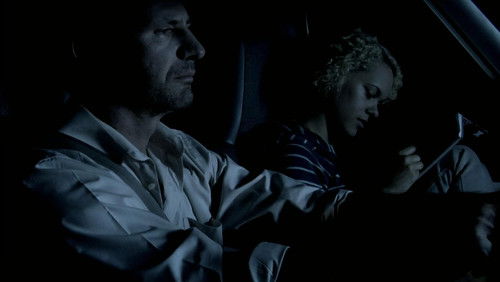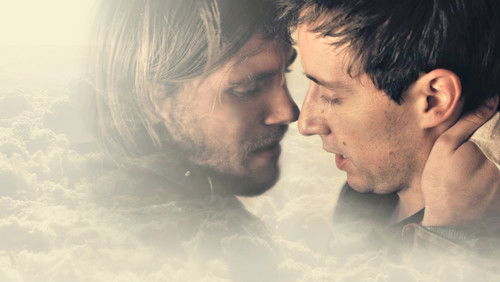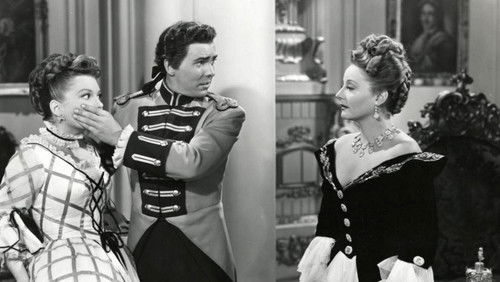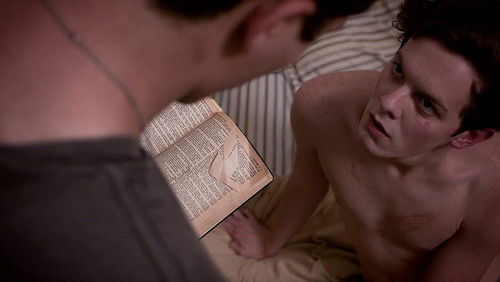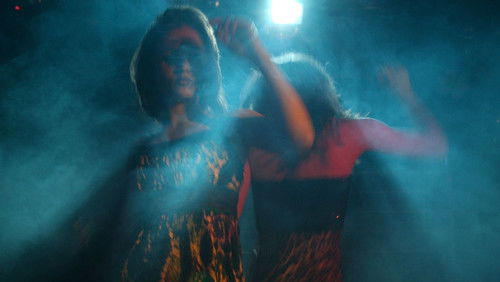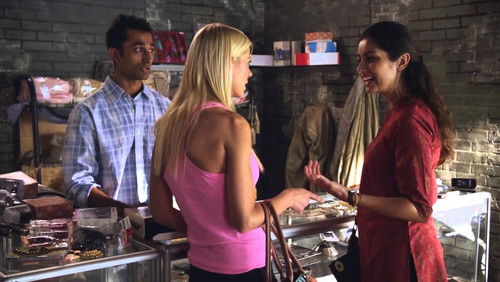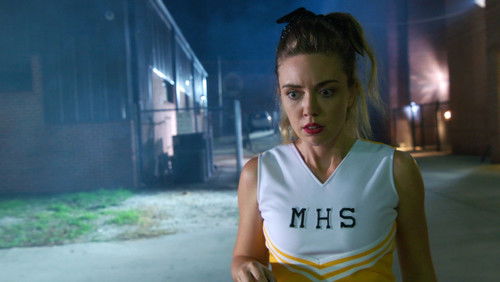Bewegliche Ziele (1968)
39KBewegliche Ziele: Directed by Peter Bogdanovich. With Tim O’Kelly, Boris Karloff, Arthur Peterson, Monte Landis. An elderly horror film star, while making a personal appearance at a drive-in theatre, confronts a psychotic Vietnam War veteran who has turned into a mass-murdering sniper.
“Where to begin singing the praises of this little gem that I just saw for the first time recently? u003cbr/u003eu003cbr/u003eIt establishes itself permanently in my good graces as a viewer because, by default, it provides a near documentary look, what with its plentiful use of location shooting, of Southern California circa 1967. It captures, more strikingly than any film I know, the texture of a particular time. The cars, the clothes, the signs, the drive in, the suburban houses speak subliminal volumes; it is nothing short of a neural map of a time.u003cbr/u003eu003cbr/u003enThis is Bogdanovichu0026#39;s first full directorial effort. (He had shot part of Wild Angels for Corman a while before, and Corman was impressed enough with his work there to offer him his own feature. These details and more are related in the excellent Bogdanovich commentary track that, amazingly, is included on the new u0026quot;budgetu0026quot; DVD.) To secure the assignment, he had to agree to incorporate 20 minutes of footage from the Corman cheapie The Terror (or that was the plan at the outset) and shoot an additional new 20 minutes, or two days, with Boris Karloff. Throw in 40 minutes of your own storyline invention, and voila, instant New Drive In Movie, Roger Corman style. The project eventually grew beyond that. (The final tally: $125,000 by Bogdanovichu0026#39;s recollection, with $25,000 of that going to Karloff for 5 days shooting. Bogdanovichu0026#39;s first script killed off Karloff half way through to accommodate the budget and schedule. Sam Fuller, it was, who advised him strongly to ignore all that stuff if the story demanded more than 2 days with Karloff.) u003cbr/u003eu003cbr/u003eTargets feels like a European film of its time. This says to me, above all, that Bogdanovich wanted to make certain he was making a modern film, his own film, and not an easy pastiche/homage to the American directors he had enshrined in writing before becoming a director himself– Ford, Hawks, Hitchcock, Welles et al. I would almost call the narrative voice he assumes here passive. The absence of a film score adds to this feeling. But it is not semi-documentary; there is nothing even remotely Dragnet about Targets. It is spare, clean, modern, lacking in embellishment or decoration, but the people speak naturally, move fluidly and seem real. And there is a stillness, again a feeling enhanced by the lack of music, that creates verisimilitude, but also a general sense of unease. u003cbr/u003eu003cbr/u003eThe story of Targets is based on the case of Charles Whitman, the young man who climbed a tower in Texas in 1966 and staged a sniping siege on pedestrians and motorists below. An editor at Esquire had suggested this as a great film topic to Bogdanovich when he was writing some film criticism for them. Bogdanovich and his wife at the time, Polly Platt, based their first scenario on this news story, and got a major script doctor assist from director Samuel Fuller (The Big Red One; Shock Corridor, Pickup on South Street). u003cbr/u003eu003cbr/u003eOne of the most interesting things the new DVD commentary track points out is the number of times Bogdanovich achieved remarkable long take tracking shots. I missed them on first viewing; they are so discreetly handled that even a die-hard film fan and geek may be unaware of them. Too often, this is the sort of shot that calls a lot of attention to itself, as a flamboyant statement of the directoru0026#39;s mastery for its own sake. It would have been easy for a first-time director to get snared in flashy games-playing. But instead, these takes are slipped seamlessly into the weave of the story, enhancing the everyday feel, the naturalism of Targets. (The best long take scene– and one of the most telling scenes in the movie– begins with a couple of minutes of the family sitting in the darkened living room watching The Joey Bishop Show on TV; Mom and Dad beg early work tomorrow and head off to bed; the young couple go down the hall to the bedroom, where the wife dresses for work; then we go back to the living room where Bobby sits alone for a bit watching TV. All without a cut. It is a charged, still few minutes in which Bobby makes his one and only sad little bid to talk out his inner turmoil with the person to whom he is closest.) u003cbr/u003eu003cbr/u003eThis doesnu0026#39;t even get into the touching and amusing Karloff subplot, about an old horror star resignedly coming to terms with his obsolescence. He says his type of horror canu0026#39;t match the horror of the modern world, and as proof he holds out a newspaper with a headline about a teenager shooting six people in a local grocery.u003cbr/u003eu003cbr/u003eSmall budget films do not get any better than this. –Neither do most large budget, these days. 10 stars. See it.”
